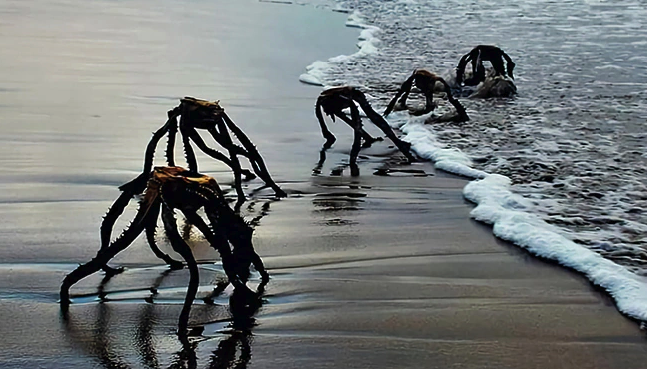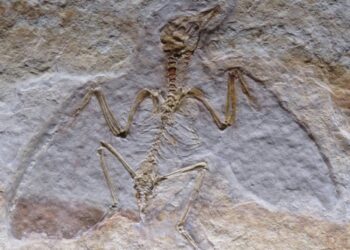Despite its name the South Africa Sea Spider, is a remarkable arthropod it is not a true spider but belongs to a unique group of marine animals known as pycnogonids.
Mysterious Beginnings
The South Africa Sea Spider is a captivating creature that inhabits the coastal waters surrounding South Africa. With its elongated body and spindly legs, it resembles something out of a fantasy novel. These remarkable creatures can be found in various marine environments, from rocky reefs to sandy seabeds, where they navigate the underwater landscape with surprising agility.
Remarkable Adaptations of the South Africa Sea Spider
One of the most striking features of the South Africa Sea Spider is its unusual anatomy. Unlike terrestrial spiders, these marine arthropods lack a distinct body segmentation and possess a soft, flexible exoskeleton. Their long, slender legs are equipped with numerous joints, allowing them to move gracefully through the water and navigate complex underwater terrain with ease.
Another fascinating adaptation of the South Africa Sea Spider is its unique feeding mechanism. These carnivorous creatures use their specialized proboscis to pierce the soft tissues of their prey, which primarily consists of small marine invertebrates such as sponges, hydroids, and sea anemones. Once they have immobilized their prey, they use their proboscis to suck out the nutrient-rich fluids, leaving behind a hollow husk.
Reproductive Strategies
The reproductive behaviour of the South Africa Sea Spider is equally intriguing. During mating season, male sea spiders will often carry fertilized eggs attached to their legs until they hatch into miniature versions of the adults. This unique form of parental care ensures the survival of the offspring in the harsh marine environment.
Ecological Significance
While the South Africa Sea Spider may seem like a creature straight out of a science fiction movie, it plays a vital role in the delicate balance of the marine ecosystem. As predators of small marine invertebrates, they help regulate populations and prevent the overgrowth of certain species, ensuring the health and diversity of underwater communities.
Furthermore, South Africa Sea Spiders serve as indicators of environmental health, with changes in their populations often reflecting broader shifts in oceanic conditions. By studying these enigmatic creatures, scientists can gain valuable insights into the effects of climate change, pollution, and habitat destruction on marine ecosystems.
Conservation Concerns
Despite their importance, South Africa Sea Spiders face numerous threats in their natural habitat. Pollution, habitat destruction, and overfishing are just a few of the challenges that these vulnerable creatures must contend with. Conservation efforts aimed at protecting marine ecosystems and reducing human impact on coastal areas are essential for ensuring the survival of the South Africa Sea Spider and other marine species.
The South Africa Sea Spider is a truly remarkable creature that continues to captivate and intrigue researchers and enthusiasts around the world. With its unique adaptations, mysterious behaviour, and ecological significance, it serves as a testament to the incredible diversity of life that thrives beneath the waves. As we strive to better understand and protect our marine environments, the South Africa Sea Spider stands as a symbol of the awe-inspiring beauty and complexity of the underwater world.





